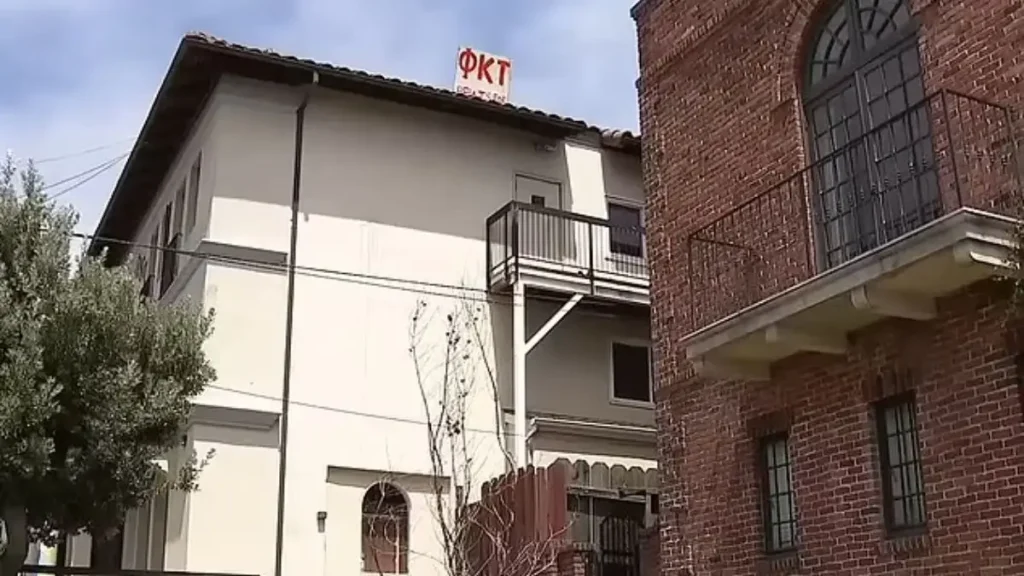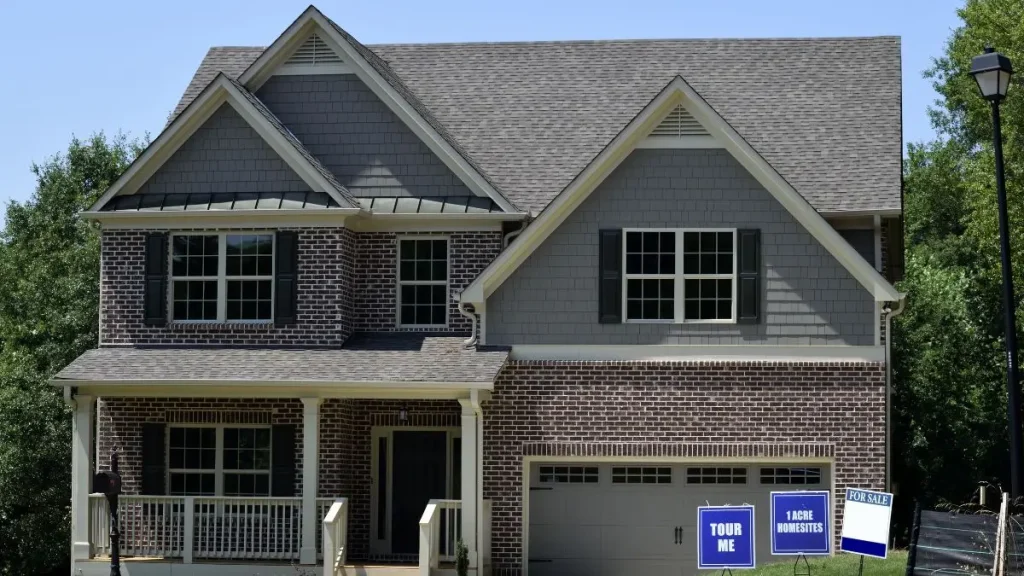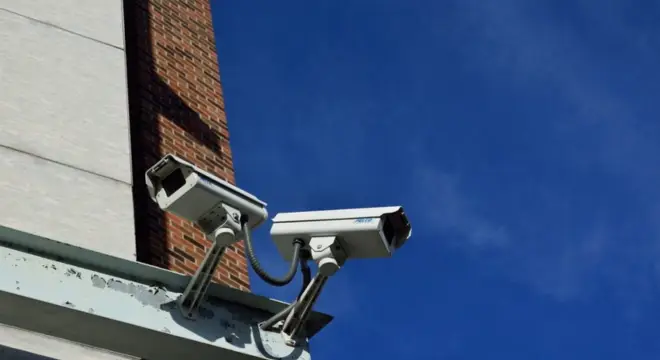Fraternity House Incident Raises Questions About Building Safety Standards
When we think about home safety, our minds often go straight to alarm systems and surveillance cameras. But the truth is, some of the biggest dangers inside a home come from structural oversights and lack of basic safety precautions—especially during social events where usual routines are disrupted.
Whether it’s a college dorm, a family home, or a rental property, the risks of falls, slips, and preventable accidents are very real and often overlooked. A recent tragedy involving a college student is a stark reminder that safety within our living spaces deserves more attention than it often receives.
A Real-Life Incident That Demands Attention
In a deeply unsettling event that has captured national attention, a college senior from the University of California, Berkeley, suffered a spinal cord injury just weeks before his graduation. The student fell from a third-story window at an off-campus fraternity house during a gathering.
According to a report by KTVU, the fall left him paralyzed from the chest down, a life-altering outcome that has sparked concern over the safety of multi-story residences and shared living spaces.
While the incident occurred in a fraternity setting, the risks it highlights are not limited to college housing. Any home with multiple stories, balconies, or windows can pose similar dangers, especially when basic safety measures are not in place. The tragedy is a painful but necessary reminder that we must take residential safety seriously—before an accident forces us to.
The Overlooked Gaps in Home Safety

Many homes, especially older properties or those not subject to regular safety inspections, have structural features that can be dangerous if left unaddressed. Unsecured windows without restrictors, loose railings on staircases or balconies, poorly lit hallways, and even worn-out flooring can all contribute to severe accidents. These are not exotic problems—they’re everyday risks hidden in plain sight.
In environments where large gatherings or parties are common, such as fraternity houses, rental homes, or even family celebrations, these risks multiply. People unfamiliar with the layout, distracted guests, or lack of supervision can all turn a small hazard into a catastrophic event. Unfortunately, many homeowners and landlords don’t consider these factors until it’s too late.
Simple Yet Effective Preventive Measures
Preventing accidents like the one at the UC Berkeley fraternity house doesn’t require expensive renovations or complex systems—it starts with awareness and simple safety upgrades. For any multi-story home or property that hosts gatherings, a few key improvements can dramatically reduce the risk of falls and injuries.
- Install window restrictors or guards: Especially in rooms located on higher floors, these devices can prevent windows from opening wide enough for someone to accidentally fall through—without obstructing ventilation.
- Secure railings and balconies: Ensure all balcony and staircase railings are tightly secured and meet local safety codes. Even a minor wobble can indicate a serious risk.
- Improve lighting in critical areas: Hallways, stairs, and entry points should be well-lit, particularly during nighttime events. Motion-activated lighting adds both security and convenience.
- Repair slippery or damaged surfaces: Loose tiles, uneven flooring, or worn-out carpets can become hidden hazards. Regular inspections can help identify these issues before they cause harm.
- Create safety rules for gatherings: If you’re hosting events, consider setting boundaries around windows, rooftops, or balconies, especially when alcohol is involved. Post simple signage or assign someone to oversee safety during larger parties.
Safety should not be an afterthought—it should be embedded in how we design, maintain, and use our homes. These steps don’t just prevent injury; they promote peace of mind for everyone in the space.
Incidents like the Florida woman’s arrest for burglary in Prince Frederick remind us why strengthening home security should be a priority.
Policy Implications and the Need for Stronger Safety Oversight
While homeowners have a personal responsibility to maintain safe environments, this incident also raises broader questions about housing regulations and safety standards—especially for properties that house students, renters, or larger groups. Many off-campus fraternity houses and student rentals fall into regulatory grey areas, with inconsistent oversight or outdated building codes.
This tragedy highlights a pressing need for cities, universities, and housing authorities to re-evaluate safety protocols in residential buildings. Routine safety inspections, especially in high-occupancy homes, should be mandatory, not optional. Policy changes could also include stricter penalties for landlords who ignore basic safety standards, and incentives for those who actively invest in accident prevention.
At a broader level, building safety awareness into community planning and education programs—especially for first-time renters and student residents—can have long-term impact. After all, the best protection often comes from knowledge and preparation, not reaction.
What We Can Learn and Apply in Our Own Homes

While the UC Berkeley incident is tragic, it serves as a powerful reminder to evaluate how safe our own homes truly are. Whether you’re a homeowner, renter, or landlord, this is the time to take a proactive approach to home safety. Here are a few actions you can take right now:
- Conduct a Home Safety Audit: Walk through your home and inspect windows, stairs, railings, flooring, and lighting. Identify any weak points and prioritize fixing them. Don’t wait for signs of damage—prevent them before they appear.
- Invest in Modern Home Safety Devices: From smart door locks to motion sensors and fall-detection alarms, today’s security systems can do more than protect against intruders—they can help prevent accidents and alert you instantly if something goes wrong.
- Educate Everyone in the Home: Family members, roommates, or even guests should be made aware of safety rules—especially during events. Limit access to dangerous areas, secure valuables and breakables, and never leave high windows open without protection.
- Schedule Regular Maintenance: Don’t overlook the basics. Ensure staircases are secure, smoke detectors function properly, and that balcony doors and railings aren’t loose. These steps are not just seasonal—they should be year-round practices.
Every home is different, but safety awareness should be universal. The smallest actions—like securing a loose window or replacing a broken light—can prevent the biggest tragedies.
Conclusion
What happened at the fraternity house is more than just a headline—it’s a warning sign. It’s a moment that forces all of us to reflect on how fragile safety can be when it’s taken for granted. For homeowners, landlords, and even policy makers, this isn’t just about one fall—it’s about preventing the next one.
Creating a safer living environment starts with acknowledging the risks, addressing weak points, and making home safety a daily priority. Whether you live in a multi-story house, an apartment, or manage rental properties, the time to act is before something happens—not after.
Your home should be the safest place in the world. Let’s make sure it stays that way.
Want to make your home safer today? Visit our website for expert tips, reliable product recommendations, and home improvement guides focused on real safety—no fluff, just practical value. Your safety starts with one smart step.
Disclaimer: This article is intended for informational purposes only and should not be considered a substitute for professional advice, inspection, or certified safety assessments. Always consult with qualified experts when making decisions about structural safety or home modifications.


